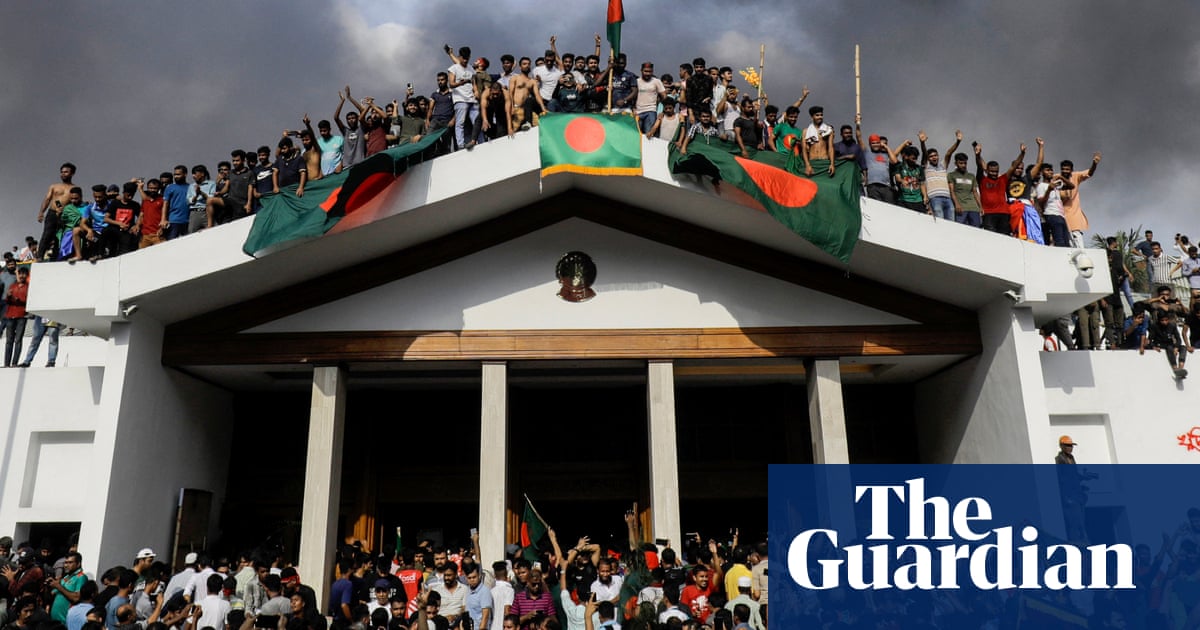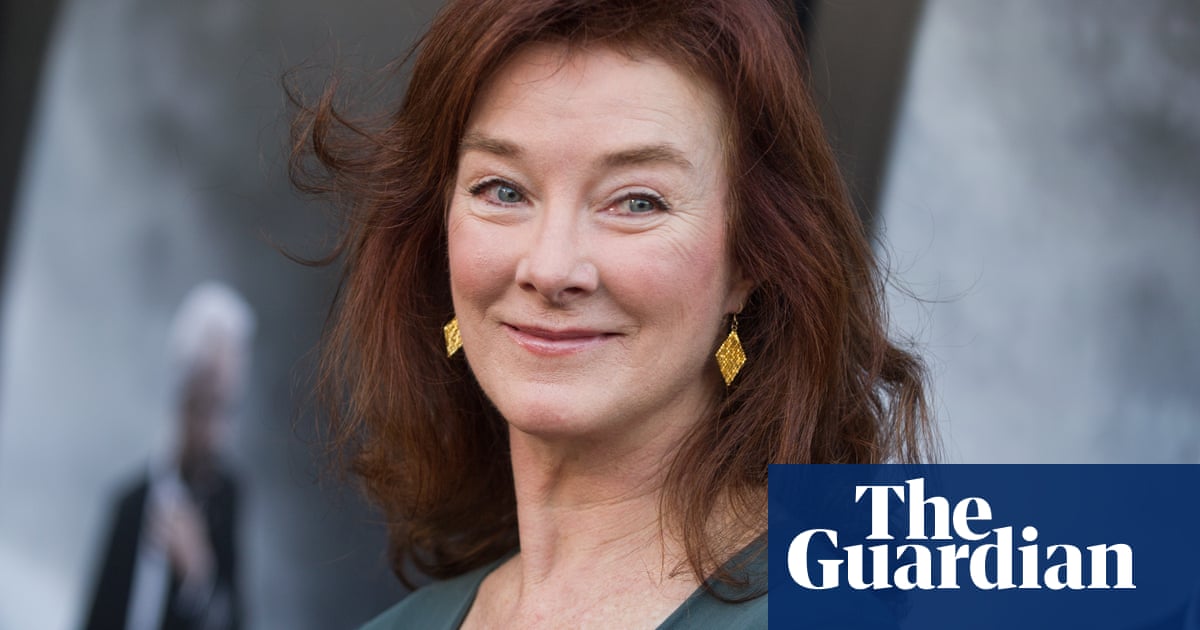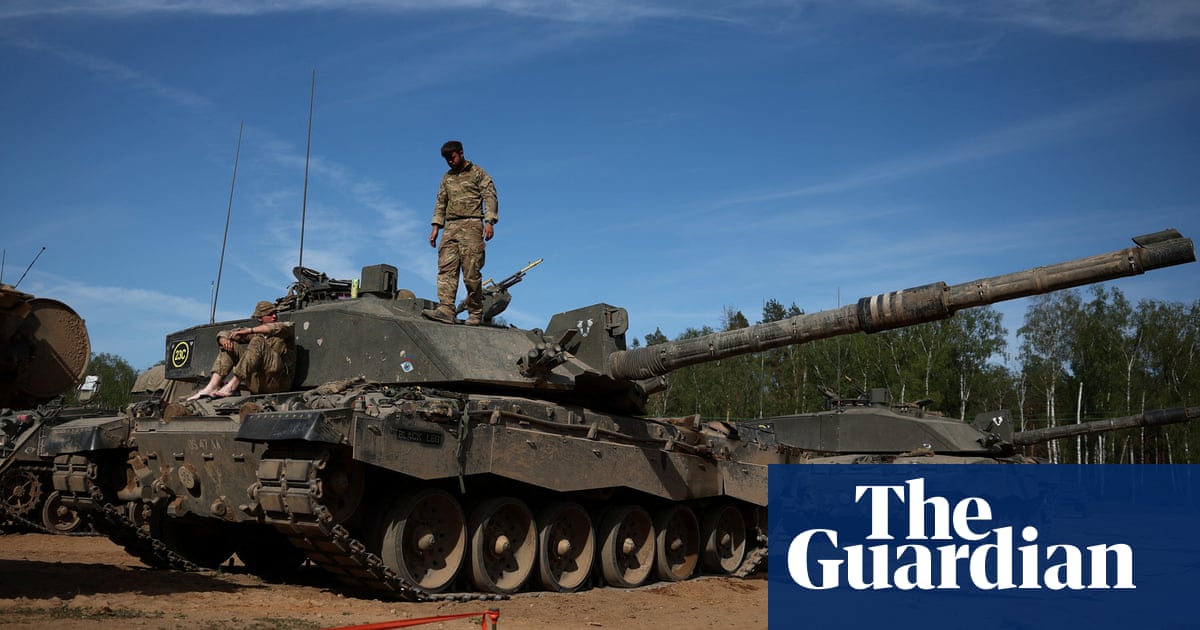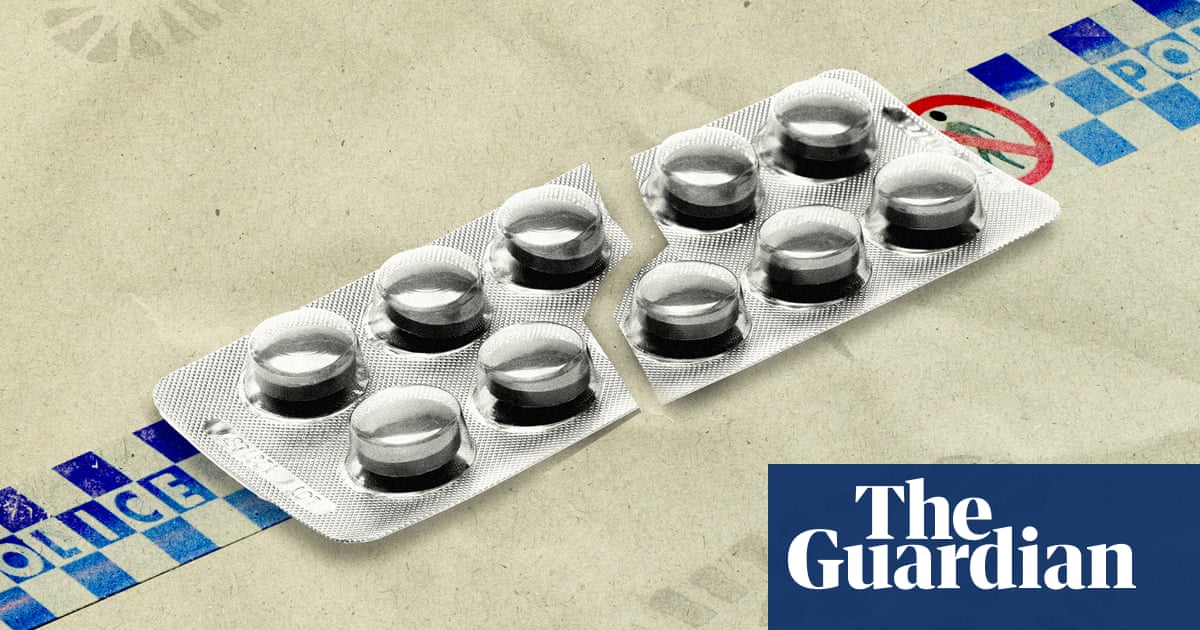Bangladeshi police killed or injured at least 20 unarmed protesters in two previously undocumented incidents during the demonstrations that engulfed the country last year, according to newly examined video footage.
The International Truth and Justice Project (ITJP), a rights group that documents alleged abuses, has analysed video footage of two incidents in Dhaka on 5 August – the day that Sheikh Hasina resigned as prime minister and fled the country – and found evidence that officers deliberately targeted peaceful civilians.
The findings add to growing evidence of police brutality in the final days of Hasina’s regime as officers tried to violently crush the protests, killing more than 1,000 civilians, which eventually cost her her premiership.
Callum Macrae, the film-maker who analysed the videos, called them “extraordinary, chilling” and “grotesque”. He added: “It is quite clear from the footage that the police were under no threat and did not believe they were under any threat. They had absolutely no justification in law for using lethal violence against any of the protesters.
“The film makes clear how important it is that there is an independent judicial truth and justice process which can have the confidence of the Bangladeshi people,” he said.
Yasmin Sooka, the executive director of the ITJP and a former member of South Africa’s Truth and Reconciliation Commission, said: “Considering that the protesters were unarmed and that there were a number of civilians besides the students it is absolutely shocking that the police used live ammunition against the students and the protesters. It’s horrific when you see the brutality of the violence.”
Sooka welcomed the news that Tulip Siddiq, Hasina’s neice, had stood down from her role in the British government on Tuesday afternoon after the outcome of a review by the UK adviser on ministerial standards Laurie Magnus, even though it found she had not breached ministerial standards. Siddiq, who was the City and anti-corruption minister, stepped aside after an investigation by Magnusinto her use of properties given to herself and family by allies of the regime of Sheikh Hasina.
“At no time have I ever heard any statement from her distancing herself from her aunt, or indicating any kind of remorse or sorrow for the atrocities committed in Bangladesh by her aunt’s regime against protesters and civilians,” she said.
Over her 15 years in power, Hasina’s authoritarian regime was widely accused of corruption, tyranny and widespread human rights abuses. When protests began to emerge across the country in July last year, Hasina responded by unleashing a wave of police brutality against peaceful protesters, who were hit with batons, rubber bullets and live ammunition, killing more than a thousand people and leaving hundreds blinded. An investigation by Amnesty International in July confirmed the unlawful use of lethal weapons against protesters by police.
In response, the protests swelled into an all-out revolution. By 5 August, as hundreds of thousands of people began to march towards her residence and the army refused to fire on civilians en masse, Hasina boarded a helicopter and fled the country.
As part of the ITJP investigation, Macrae and his team analysed footage of two incidents on 5 August, where Bangladeshi police were accused of opening fire and killing unarmed civilian protesters.
The first incident took place at about 2pm outside the Jatrabari police station in the south of the Bangladeshi capital. Smartphone videos show dozens of students amassing outside the police station and being met with gunfire from the officers they encountered.
Several officers fire 12-gauge pump-action shotguns towards the crowd, according to weapons experts who have reviewed the footage. One said subsequent images of injuries were consistent with the use of lethal cartridges, loaded with lead pellets.
Armed forces then appear and usher the police back into their station. But separate footage taken several minutes later then shows an officer apparently throwing a grenade into the crowd, after which the police surge forward and open fire.
As demonstrators flee, officers chase them while still firing. One injured man is hit repeatedly with a rifle butt and wooden batons while on the ground. Another is shot several times at close range while trying to hide behind a concrete pillar.
The film-makers counted at least 19 dead or injured people in the footage they were able to analyse.
The second video shows a 20-year-old man called Mohammed Riddoy being surrounded by police, apparently having been captured during the protests. As the police officers circle Riddoy, one approaches him from behind and shoots him in the back at point-blank range.
Riddoy falls to the ground, and the officers leave, before three of them return to pick up his body – potentially still alive – and drag it past the nearby hospital in the direction of the police station.
Riddoy has not been seen since. His family say they have pleaded for the return of his body, but the police deny all knowledge of its whereabouts. Jasmine Akhter, his sister, said: “I want him to be recognised as a martyr. We are a very poor family and I hope the government will take care of my parents.”
Baharul Alam, the inspector general of the Bangladeshi police, told the Guardian: “We have been conducting a thorough investigation into the role of police officers killing demonstrators in the July and August upsurge. At least 30 officers have already been arrested. We are cooperating with others who have evidence, including, for example, the international judicial organisation that has produced this short documentary.”
Speaking about the footage of Riddoy in particular, Alam said his office had verified his the veracity of the footage but were still looking for Riddoy’s body. He added that two police officers had been arrested for his killing.
The videos are being published alongside a new report by the ITJP and the Tech Global Institute, which focuses on another day of the protests – 19 July.
The groups found that on just one day at least 148 people were killed – three times more than initially reported – 40 of whom were 18 or under. The report’s authors said the findings added to evidence that the death toll from the violence might be far higher than previously thought.
Since her downfall, Hasina, her senior ministers and police officials have been named in a mounting number of cases in Bangladesh, with charges including crimes against humanity, mass murder and corruption. An arrest warrant and extradition request was recently issued for Hasina, who is living in exile in India and has denied the allegations.










